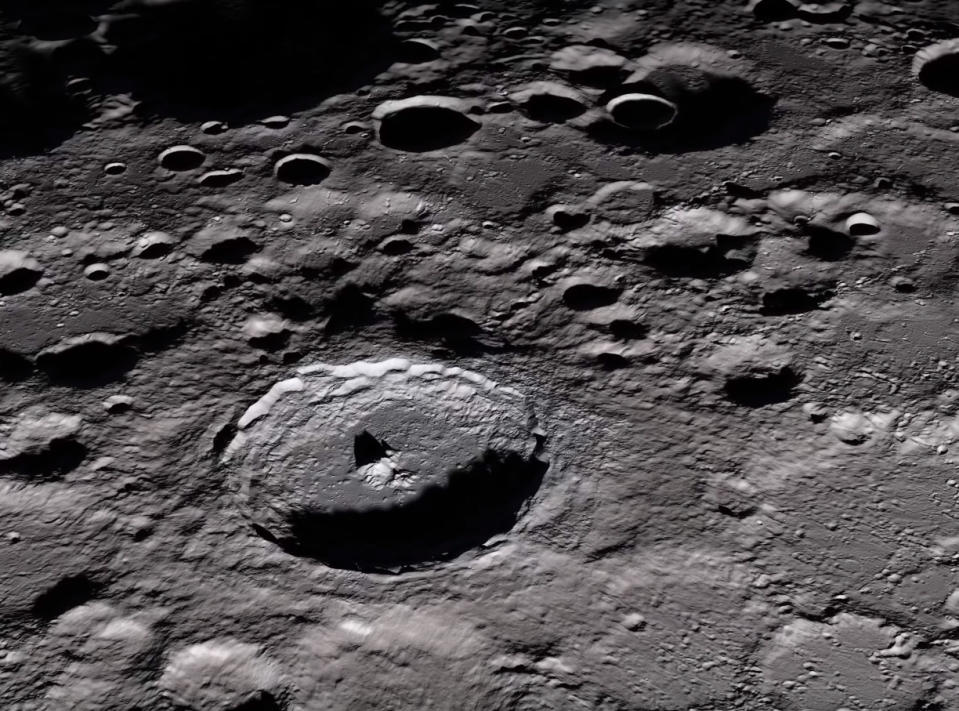These tiny robots are about to explore the Moon like never before

If you purchase an independently reviewed product or service through a link on our website, BGR may receive an affiliate commission.
The Colmena Project has officially launched with the support of the Ministry of Foreign Affairs and the Mexican Space Agency. The state of Hidalgo has also backed the project which will put five robots on the surface of the Moon next June. UNAM, the National University of Mexico, leads the project, which has been made possible thanks to over 200 students involved with the Space Instrumentation Laboratory (LINX).
Don't Miss: Amazon Prime price is going up, here’s how to pay the lower fee
Today's Top Deals
KN95 masks made in the USA are in stock and discounted at Amazon!
Brand new AirPods Pro with MagSafe are so cheap it might be a mistake
You won't believe how good the Amazon deals are on this special page!
The Colmena Project will put robots on the Moon this year

The mission will land on the Moon in June, and it will release five tiny robots to explore the Lunar surface. The robots themselves are already complete and onboard the Peregrine Lander, a spacecraft created by Astrobotic. In June, the lander will launch, transporting the robots the 384,400 kilometers to the Moon.
The Colmena Project is a monumental move for Mexico. Omar Fayad, Governor of Hidalgo, says that it is a representation of the country’s priority for the future. This is a unique moment for the world’s push for space, and Mexico playing a part will help spur even more science and progression throughout the country’s universities.
“COLMENA highlights all the values of the UNAM, and gives Mexican society a new way of seeing and understanding the modern world and the confidence that things are possible and that we can overcome our own limits,” Fayad said in a press release. Fayad says that the move may even inspire the next astronaut or leader of future missions.
Putting robots on the Moon

The Colmena Project will release five autonomous robots onto the Lunar surface after their launch in June. The goal is to demonstrate that the robots can be both space explorers and miners. They each weigh less than .1 pounds, and measure less than five inches. These robots are so small, their important electronics will be less than two centimeters from the surface of the Moon.
Many see the Colmena Project as a push towards Mexico’s continued work to push humanity’s understanding of space further. But Mexico isn’t stopping there. The country is already working on new plans to push our presence on the Lunar surface further, too. Chief among these are projects that can generate oxygen on the Moon. They’re also working on a project that will generate energy as well.
Perhaps the most intriguing part of the Colmena Project, though, is that it has been completely pushed by basic science. María del Pilar Carreón Castro, director of ICN, says the project highlights the efforts of everyone involved to achieve a common goal. The process worked so well, in fact, Mexico plans to continue using it.

